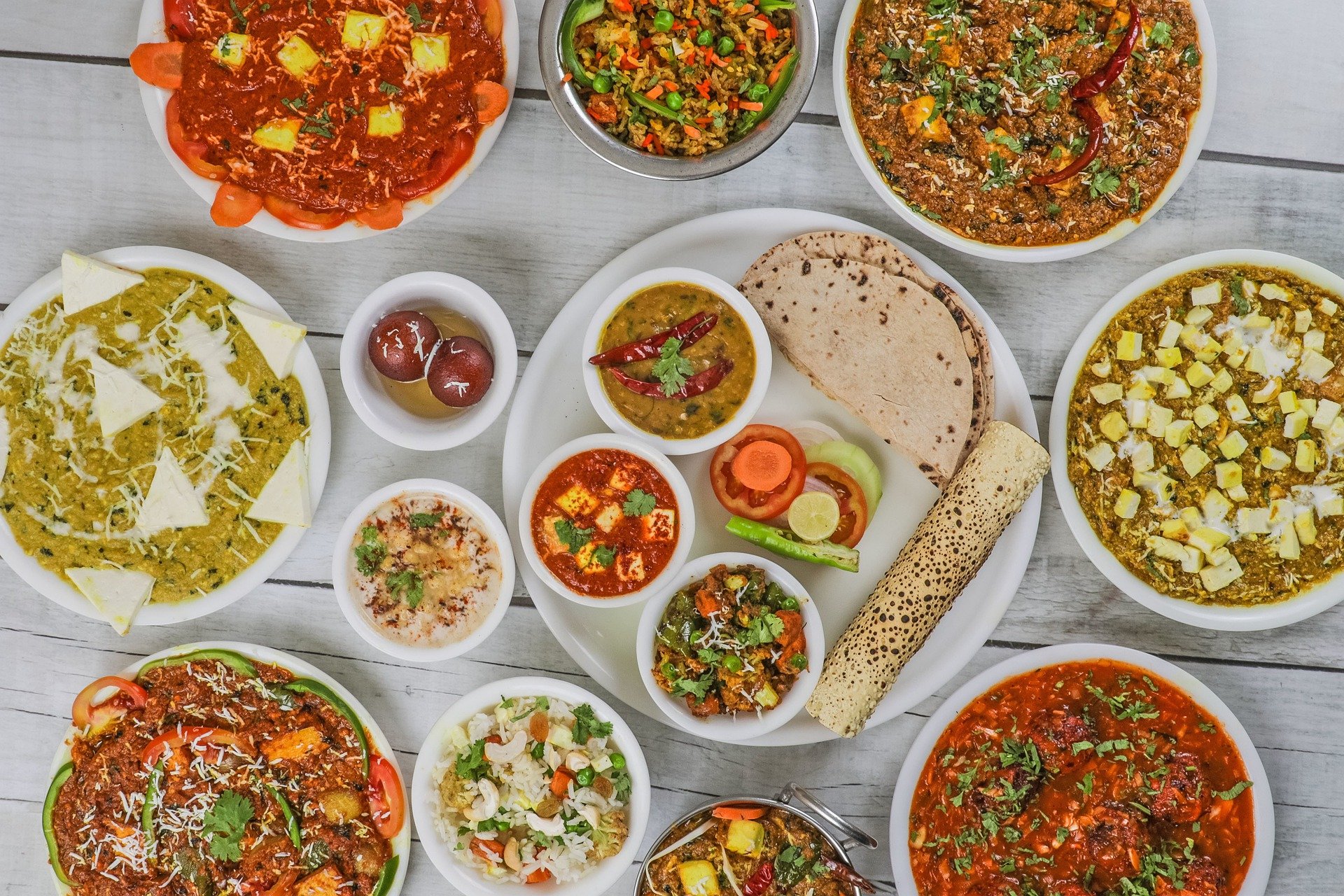
Since Nepal borders India, Tibet, and China, you see culinary impacts from those nations. India and Nepal share an affection for fiery curry, turmeric, flatbreads, and rice. Be that as it may, not at all like Indian food, Nepalese food doesn't utilize cream and seldom utilizes sugar, and is by and large viewed as more grounded than Indian food.
However, there's something else to be aware of the cooking styles of both these astounding spots. So today, we're getting social and took a gander at the food sources in both of these spots. We'll look at a portion of the key distinctions. Be that as it may, we'll likewise investigate the likenesses and assume one is more grounded than the other.
At last, we're addressing the topic of what is the distinction between Indian and Nepalese food?
Let’s get going
Nepal is a genuine mixture of cooking styles, following Tibetan, Indian, Chinese and different pieces of Asia. Like Indian food, Nepalese food shares the accompanying spices, flavors in a significant number of their dishes:
- Turmeric
- Chile peppers
- Garlic and ginger
- Cilantro
What's more, their celebrated Momo Masala flavor mix contains the accompanying flavors, a considerable lot of which are additionally famous in Indian food:
- Cardamom
- Cumin
- Cloves
- Cinnamon
- Onion
- Garlic
- Dry Ginger
- Turmeric
- Red Chillies
- Fenugreek
- Mustard
- Coriander
Like most Asian nations, Nepal is additionally enthusiastic about rice with pulao (seared rice) being a staple. Like how rice dishes are much of the time served in India, pulao is frequently went with yogurt and papadums.
Lentils, potatoes, and tomatoes also are very famous in Nepal, similarly as with India, and like Indians, Nepali likewise love chutneys as a backup to their dishes. The two nations are additionally well known for cooking with ghee.
One key way that the cooking styles vary is in soups as the Nepali love Thukpa, a minor departure from chicken noodle soup (which can likewise be made with different meats or vegan).
Another region where they vary is with a dish called Dhindo, or Dheedo which has the consistency of oats or corn meal and is made with buckwheat flour (which is normally without gluten regardless of the name).
Obviously, being in such closeness to India, you will normally see conventional Indian food in Nepal as well.
No. Nepal is a country that borders India. So while in nearness, they are 2 distinct nations. While most of Nepalis are Hindu, most are not vegan as you all the more generally find in India. It's additionally home to the celebrated Mount Everest. Kathmandu is the capital.
In opposition to mainstream thinking, Hinduism doesn't expect experts to be vegan. Yet, since Hinduism puts forth a major attempt to not hurt some other living things, vegetarianism has become normal. Along these lines, not at all like many pieces of India, eating chicken and buffalo is normal in Nepal.
Truth be told, 80% of Nepalis are Hindus, which is the very same in India. Where the 2 nations contrast, strictly, is that Nepal has just around 2.5% of the populace is Muslim, contrasted with 14% in India. Nepal has more than 8.5% of the populace rehearsing Buddhism, contrasted with not many in India.
Nepal is, by and large, an exceptionally poor, hilly country, inclined to unfortunate streets and continuous blackouts. The blackouts are less evident in Kathmandu or Pokhara.
Socially speaking, Nepal will in general be more like other Asian nations to their east and less inclined to unexpected eruptions of fury than is in some cases found in India.
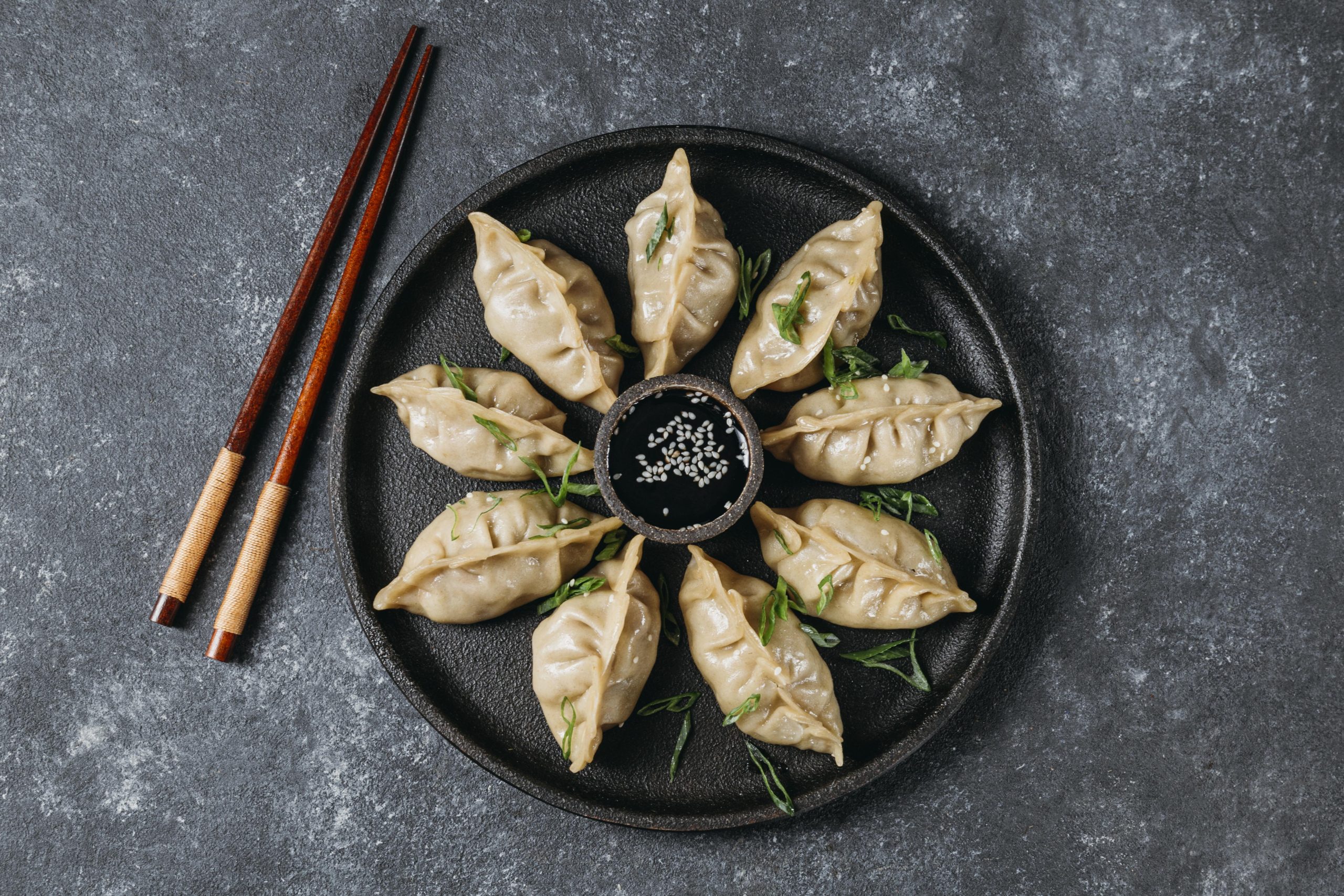
The most well-known food varieties in Nepal incorporate Daal bhat tarkari, a sort of lentil soup, Momo, a kind of soup dumpling that can be steamed or seared, Dhido, or Dheedo which is a sort of cereal produced using buckwheat, and Chatamari, a sort of pizza-like flatbread produced using rice flour.
Like Indian food, you're looking a ton of rice dishes, curries, and a couple of astounding turns. Daal bhat tarkari is the "common dish" of Nepal. Daal, as it does in India, alludes to lentils, split peas, or in some cases beans. Be that as it may, lentil is generally normal. Daal bhat tarkari is a soup made of lentils and flavors. It is ordinarily presented with a bubbled grain called Bhat.
The lentils get cooked with various vegetables, flavors, and curry powder. It's normal for Nepali to eat this two times every day. I referenced the Momo Masala flavor mix above, and that is important for the following most popular dish called, basically, MoMo. This is a dumpling, looking similar to the soup dumplings you could see while eating faint aggregate.
The batter is loaded up with a blend of minced bison, chicken and additionally pork, yet additionally vegetables as well. Like Chinese potstickers, you can think that they are steamed or seared. This dish should be visible in each restaurant across Nepal, most frequently filled in as a canapé.
Beside the Dheedo I referenced over, the following most popular Nepali dish would be Chatamari. This comes explicitly from the Newari public, who are somewhat the native individuals of the Kathmandu Valley. I won't lie. This seems to be a pizza. Like Momo, it also is typically filled in as a hors d'oeuvre. It's a flatbread, made with rice flour (much, yet not all Nepalese cooking would be normally sans gluten).
However, rather than being finished off with mozzarella and pureed tomatoes, it's generally normally finished off with finely cleaved meat, eggs, and more natural garnishes like tomato, onions, and stew peppers.
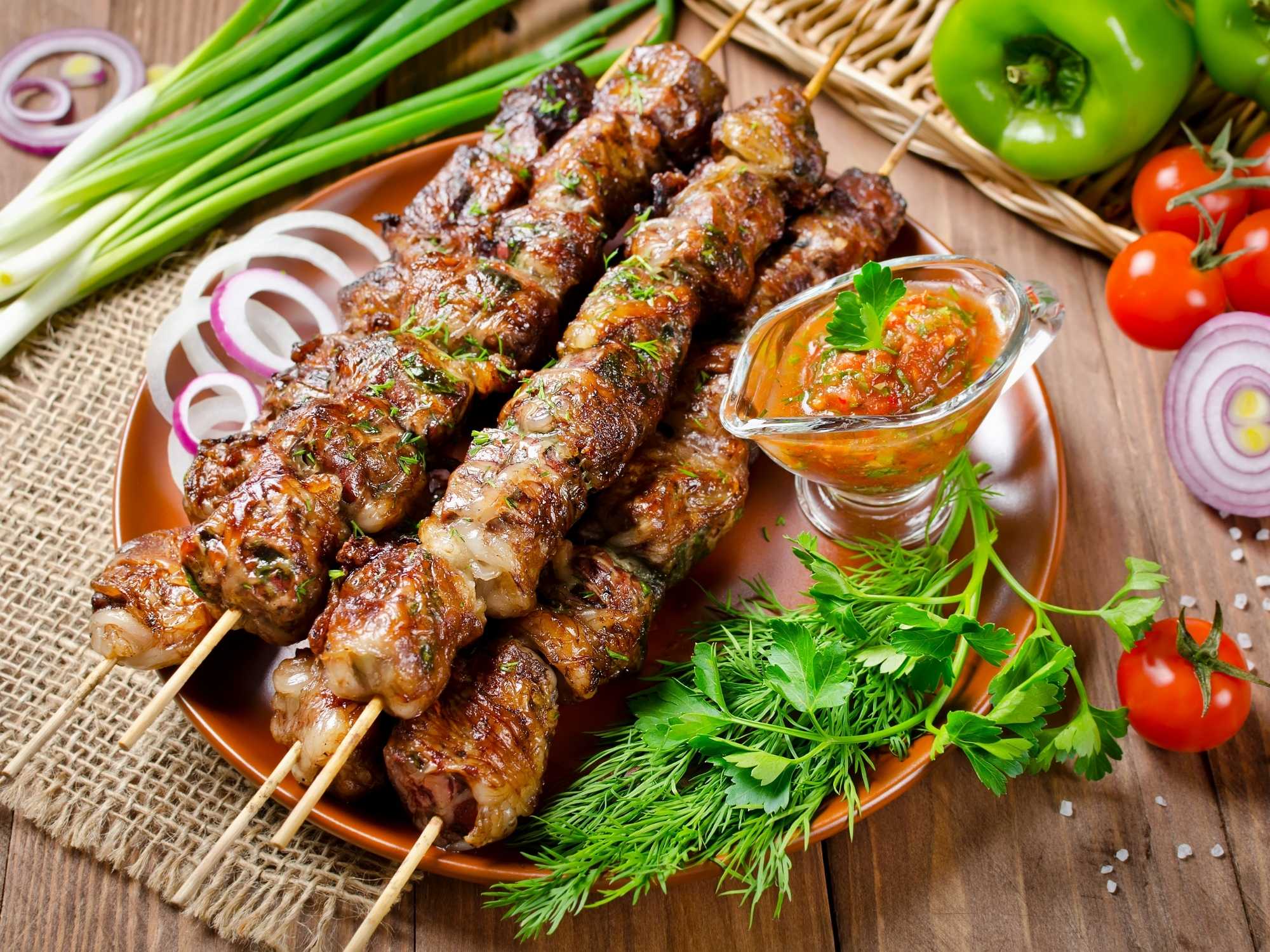
The most well known Indian dishes include:
- Chaat - Essentially the Indian form of road food, this Indian tidbit is a staple thing the nation over, however with numerous territorial varieties. It for the most part begins with a broiled, fresh bread or wafer finished off with chutney and afterward finished off with an assortment of fixings from seared potatoes to diced onion or tomato.
- Matar Paneer - Paneer, obviously, is that delightful Indian cheddar that bears a hitting textural comparability with shapes of tofu. Paneer alludes to peas, and the two are consolidated in a rich tomato sauce. More normal in Northern India.
- Dosa - Essentially an Indian crepe made of an aged rice and lentil flour player, this Southern Indian staple is much of the time a morning meal thing in India, however it's normal to observe it loaded up with yummy turmeric potatoes and presented with chutneys
- Biryani - A sort of seared rice dish, made in an assortment of ways, that is much of the time the foundation of the supper in many pieces of India, or the actual dinner. Basmati rice gets joined with flavored yogurt, entire flavors, chicken or goat (or veggie lover).
- Rogan Josh - Lamb (or sheep) pieces get cooked in a rich sauce produced using ginger, garlic, onion, yogurt, and flavors. Red chiles give it that unmistakable red tone, yet the seeds get taken out for a milder character.
- Spread Chicken - This Northern Indian staple looks similar to chicken tikka masala which the greater part of us in the US know about. Lumps of chicken get marinated with flavors and yogurt and afterward cooked in a rich tomato sauce, weighty on the cream
India, obviously, is essentially bigger than Nepal, and with that wide field brings various styles, societies, and foods. Here in the UK, it's normal to consider Northern and Southern Indian food, yet even that is a distortion.
It's additionally worth focusing on that various pieces of India utilize various words and various spellings for a portion of exactly the same things. For instance, in the North, they would refer to spinach as "Palak" though, in the south, it's substantially more typical for it to be called "Saag".
That being said, assuming we sum up a bit, and merge a portion of the different social impacts from the nation over, there are a couple champion dishes.
For the most part no. Nepalese individuals don't for the most part eat hamburger. As in many pieces of India, cows are viewed as sacrosanct in quite a bit of Nepal.
The cow is the national animal of Nepal, truth be told.
Hinduism, the prevailing religion in both Nepal and India, precludes individuals from butchering cows. In any case, it doesn't, truth be told, preclude them from eating them. What's more, the nation is in fact mainstream albeit the do deny evolving religions.
So it's kind of a hazy situation.
That could seem like a foul legal advisor protection, however Hinduism advances individuals finding and following their own way. Along these lines, notwithstanding, interesting, you might discover some Nepalese in all actuality do eat hamburger. The most well-known meats in Nepal, as in India, nonetheless, are mutton and chicken.
A few gatherings in Nepal, the Newars, Magars, and Tamangs, do eat bison. In any case, Bhramins, Chetris, and Gurungs don't eat bison meat.
So all that is to say most Nepali don't eat hamburger, and nobody butchers it.
Yet, you can track down imported meat on the racks in supermarkets in the greater urban areas as well as in certain cafés and inns.
Taking everything into account, yes. Nepalese food is viewed as lighter and more grounded than Indian food.
Truth be told, Nepalese suppers are normally more grounded than most other South Asian sorts of food. Frequently the Nepali depend less on cooking fats and more on new veggies, less fatty meats, and salad greens.
Here is a portion of the key distinctions that make Nepalese food more grounded than Indian:
- Nepalese food doesn't utilize cream.
- The Nepali eat substantially less bread like naan or chapatti.
- Nepalese food never calls for sugar or different sugars.
It's likewise significant that most ordinarily, vegetables are cooked distinctly with new spices and dried flavors and not glues which can be normal in pieces of India (and other Asian nations).
Like Indian food, rice is regularly presented with dinners, no less than two times per day.
We hope we covered the differences between Indian food Vs Nepalese Food. If you are eager or curious to try the authentic taste of Indian or Nepalese food, then AMCHUR RESTAURANT AND BAR is one of the best restaurants providing Dine-In, takeaway, and delivery service in Old Windsor and around its vicinity.
-
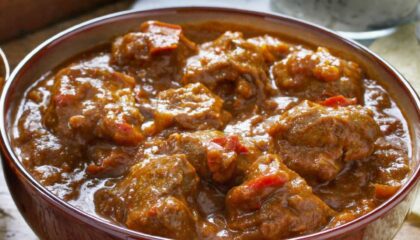 Read more +
December 28, 2022 By Amchur Restaurant in Blogs
Read more +
December 28, 2022 By Amchur Restaurant in Blogs
Indian Curry Popularity in the UK
-
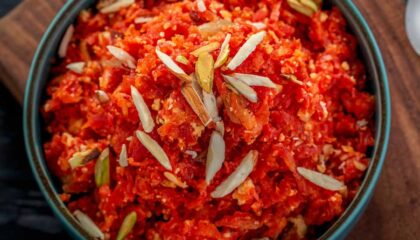 Read more +
December 23, 2022 By Amchur Restaurant in Blogs
Read more +
December 23, 2022 By Amchur Restaurant in Blogs
Lip smacking comfort foods to soothe your soul
-
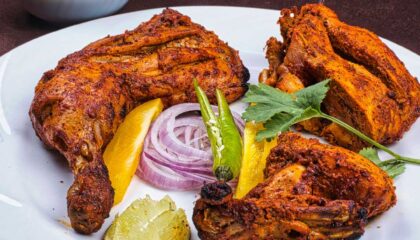 Read more +
December 15, 2022 By Amchur Restaurant in Blogs
Read more +
December 15, 2022 By Amchur Restaurant in Blogs
Indian Food Choices for Special Occasions
-
 Read more +
November 11, 2022 By Amchur Restaurant in Blogs
Read more +
November 11, 2022 By Amchur Restaurant in Blogs
Creating a Positive Dining Experience
-
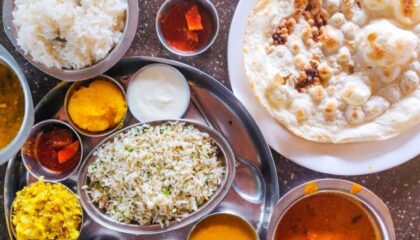 Read more +
October 9, 2022 By Amchur Restaurant in Blogs
Read more +
October 9, 2022 By Amchur Restaurant in Blogs
Health Benefits of an Indian Diet
-
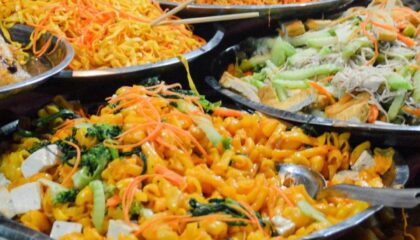 Read more +
By Amchur Restaurant in Blogs
Read more +
By Amchur Restaurant in Blogs
Seasonal Foods and its Health Benefits
-
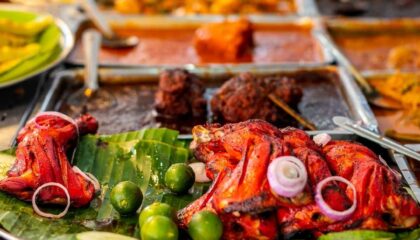 Read more +
October 3, 2022 By Amchur Restaurant in Blogs
Read more +
October 3, 2022 By Amchur Restaurant in Blogs
Indian food and its significance
-
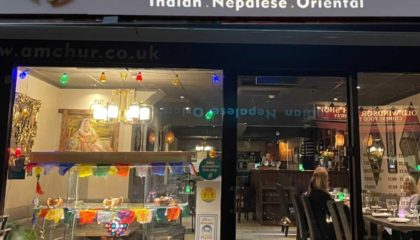 Read more +
September 19, 2022 By Amchur Restaurant in Blogs
Read more +
September 19, 2022 By Amchur Restaurant in Blogs
Perfect Party Venue in Old Windsor : Amchur
-
 Read more +
September 8, 2022 By Amchur Restaurant in Blogs
Read more +
September 8, 2022 By Amchur Restaurant in Blogs
Choosing the Right New Year Party Venue
-
 Read more +
September 5, 2022 By Amchur Restaurant in Blogs
Read more +
September 5, 2022 By Amchur Restaurant in Blogs
Choosing the Right Christmas Party Venue

You must be logged in to post a comment.